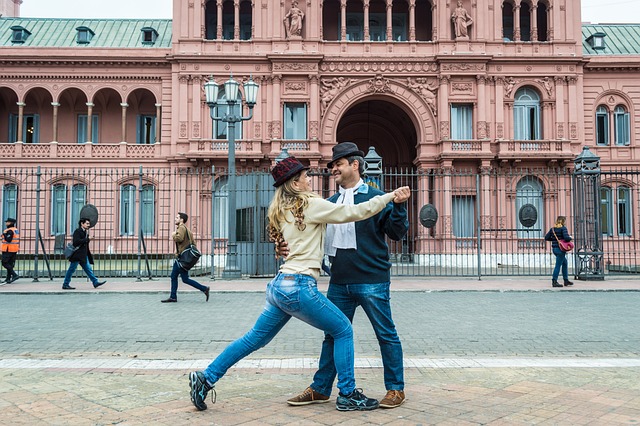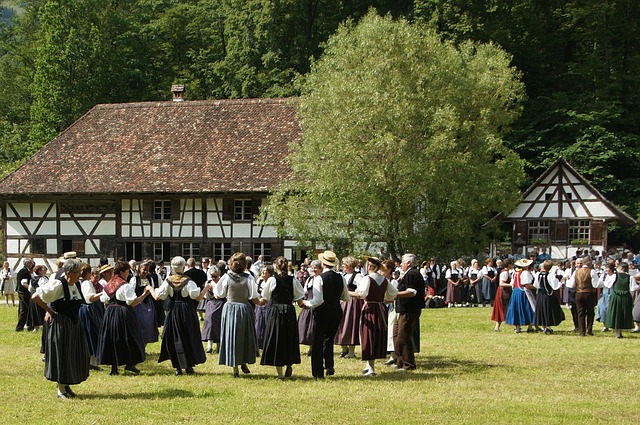Article Title:Juliet's Mute Soliloquies: Visualizing Thought Processes in Rudolf Nureyev's Romeo and Juliet
Abstract:
This article analyses the ways in which Rudolf Nureyev's depiction of Juliet in his 1977 Romeo and Juliet ballet comments on and expands Shakespeare's characterization of his tragic heroine. It argues that Nureyev uses the specific possibilities of his medium to accentuate the aspects of Juliet's role that make her stand out among the female protagonists in Shakespeare's tragedies: her capacity to reflect on her actions and her moments of inner struggle and decision-making. The wordless nature of his genre leaves Nureyev particular freedom to fill gaps in the text and expand on hints in the play, a freedom which he uses to highlight Juliet's central role in the plot development and her psychological evolution. His most striking innovation lies in the way in which he translates Juliet's soliloquies-an uncharacteristic form of speech for a woman in Shakespeare's tragedies-into movements. The unconventional use of the traditional balletic device of the vision scene in Nureyev's ballet highlights the recurrent theme of reversed gender roles in Shakespeare's play.
Keywords: dance and literature; adaptation; intermediality; Rudolf Nureyev; William Shakespeare; Romeo and Juliet
DOI: 10.1080/09574042.2019.1676056
Source:WOMEN-A CULTURAL REVIEW
Welcome to correct the error, please contact email: humanisticspider@gmail.com



